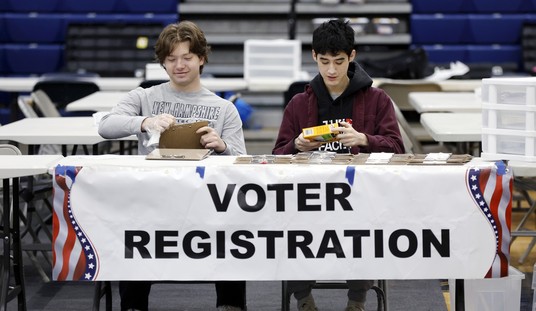During Monday afternoon’s press conference LA County Director of Public Health Dr. Barbara Ferrer presented the results of the county’s COVID-19 seroprevalence study, and the results there were similar to the study recently conducted in Santa Clara County in northern California:
Based on results of the first round of testing, the research team estimates that approximately 4.1 percent of the county’s adult population has antibody to the virus. Adjusting this estimate for statistical margin of error implies about 2.8 percent to 5.6 percent of the county’s adult population has antibody to the virus – which translates to approximately 221,000 to 442,000 adults in the county who have had the infection. That estimate is 28 to 55 times higher than the 7,994 confirmed cases of COVID-19 reported to the county by the time of the study in early April. The number of COVID-related deaths in the county has now surpassed 600.
Of course, if between 221,000 and 442,000 adults in Los Angeles County have had the infection and just over 600 had died at the time of the study, the fatality rate is exponentially lower than public health officials have been claiming.
The study abstract itself, though, which Dr. Ferrer did not read from, gives a weighted adjusted estimate that the actual rate of infection is 35 to 58 times higher than reported (emphasis added):
Our estimates represent the cumulative incidence of COVID-19 in Los Angeles County on April 9. Given that Los Angeles County’s adult population is about 7.9 million, our weighted adjusted estimate implies that between 280,000 to 547,000 adults had been infected with SARS-CoV-2 by April 9, which is 35 to 68 times higher than the 7,995 cumulative number of confirmed infections in the County on that date.
Our results imply that the number of SARS-CoV-2 infections in the community far exceed the number of confirmed cases. This implies that fatality rates based on confirmed cases may be orders of magnitude higher than fatality rates based on number of infections. It also implies that contact tracing methods to limit the spread of infection will face considerable challenges.
Exactly. If 600 people died out of 547,000 people infected versus 600 people out of 7,994 people infected, that makes a huge difference in policy.
One criticism of the Santa Clara County/Stanford study was that by advertising for study participants on Facebook the sample was skewed due to volunteer bias. The LA County/USC study participants were randomly selected from a proprietary database maintained by a market research firm and sent invitations. The goal was to recruit 1,000 participants who lived within a 15-mile radius of the study site, and 863 participants were ultimately included in the study. To ensure that potential participants who could not travel to the testing site weren’t discriminated against, those participants were offered in-home tests.
Instead of looking at the results of this study as great news, Dr. Ferrer believes they indicate we need to maintain social distancing:
“These results indicate that many persons may have been unknowingly infected and at risk of transmitting the virus to others.
“These findings underscore the importance of expanded polymerase chain reaction (PCR) testing to diagnose those with infection so they can be isolated and quarantined, while also maintaining the broad social distancing interventions.”
A story in Friday’s Los Angeles Times indicates that less than half of the county’s residents still have jobs as a result of coronavirus shutdowns. It is beyond foolish to continue to destroy the region’s economy in an attempt to rein in a virus that’s far less deadly than advertised. Reopen Los Angeles. Reopen California. Now.
(EDITOR’S NOTE: After one of the study authors, Dr. Neeraj Sood, contacted RedState on April 20, 2020, asking that a link to the abstract be taken down because he hadn’t given anyone permission to publish it online, that link was removed. It has now been restored, because it is a taxpayer-funded study that was used to direct policy that affected the lives and livelihood of millions, and the public has a right to know exactly what it said and draw their own conclusions. Read the study here.)














Join the conversation as a VIP Member